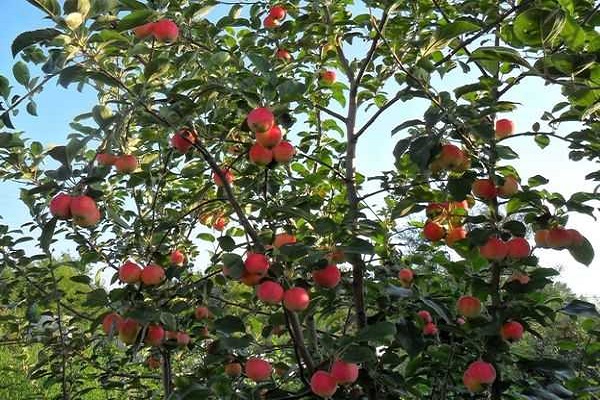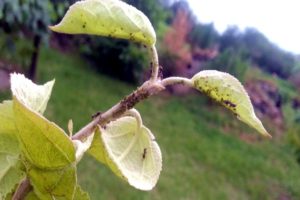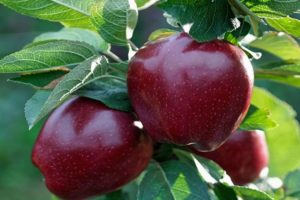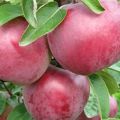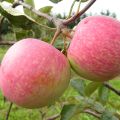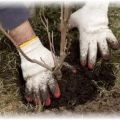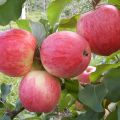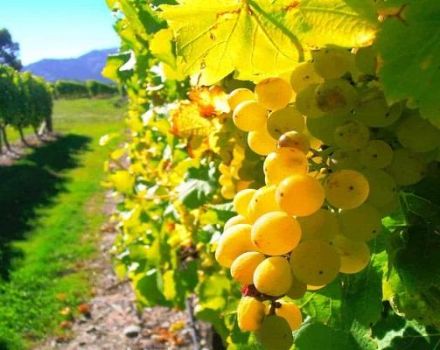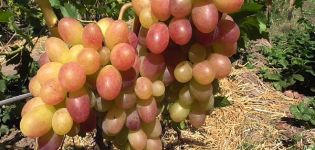Characteristics of the apple variety Sokolovskoye, description of the fruits, yield and winter hardiness
When you want to grow your own fruits and vegetables, summer residents are puzzled by the choice of the best varieties for growing. Apple trees Sokolovskoye become popular due to their high yield and long life. storage of apples... In addition, it is a natural dwarf apple tree that requires virtually no personal care. It is used for growing on an industrial scale.
Content
- 1 Breeding history of the variety
- 2 Description of the apple tree Sokolovskoe
- 3 What are the varieties
- 4 What are the advantages and disadvantages
- 5 Apple tree frost resistance
- 6 Disease resistance
- 7 The best regions to grow
- 8 Harvesting and storage
- 9 Reviews of summer residents who grew the Sokolovskoye apple tree on their plots
Breeding history of the variety
Mazunin MA and Putyatin VI bred this variety, gave it a name in honor of the director NF Sokolov. This decision is due to the fact that Sokolov supported scientific work and contributed to it in every way, including financially. The basis of the variety is the seedlings of the Vydubetskaya Weeping Apple-tree.
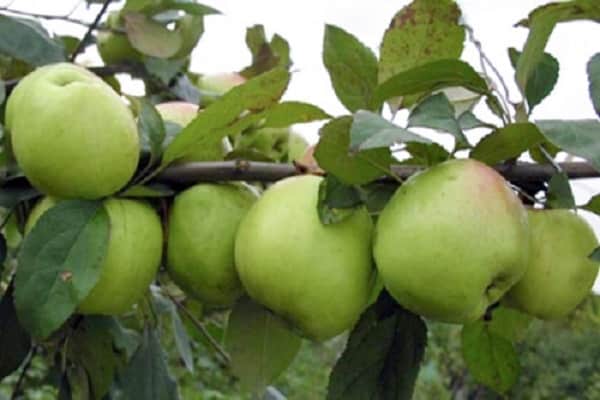
Thanks to their contribution, the apple variety Sokolovskoye was bred, which was subsequently zoned for the Ural region. In nature, this species feels great in Siberia. The tree also grows in the suburbs, but categorically cannot stand the heat. As a result of its influence, yield decreases.
Description of the apple tree Sokolovskoe
Due to their short stature, trees of this variety are often planted in small gardens. They take up little space and give an excellent harvest:
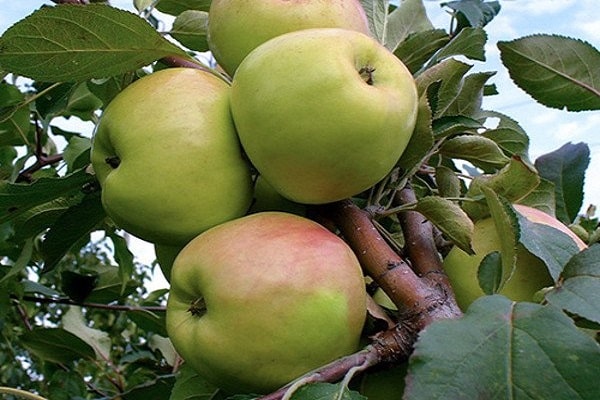
- height 1-2 m;
- the bark is dark brown;
- flat-round apples of medium size;
- weight 200 g;
- the skin is thin;
- the color is yellowish-green, covered with a maroon blush on top;
- the pulp is dense;
- the taste is sweet and sour;
- tasting score 4.3 points;
- shelf life up to 120 days.
The tree begins to bear fruit at 3-4th year after planting.
According to the manufacturer's description, apples are high in nutrients. 65 kg of fruits are harvested from one tree.
The annual growth on the tree is 15% less than that of other fruit trees. This figure is decreasing every year.
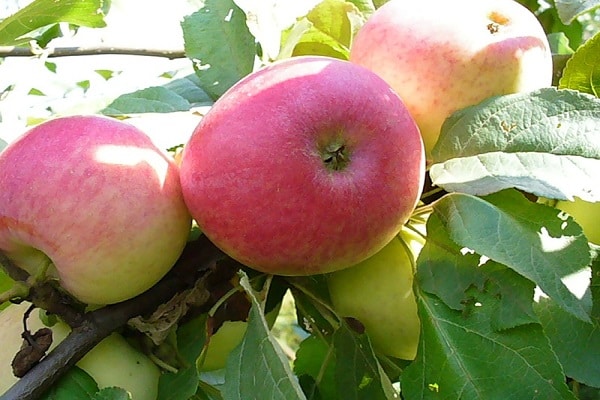
What are the varieties
This variety has 3 varieties of trees. These include:
- creeping;
- dwarf;
- on a vegetative clonal rootstock.
Each of these species has distinctive features in growth and crown formation. Depending on the wishes of the gardener, any of them is grown that is most suitable for the planting conditions.

Creeping
This variety requires skilful crown shaping from the summer resident. The branches are bent to the ground, thus getting branches growing horizontally.
For bending, special devices are built, small branches or metal tubes.They must fix the crown in the desired position. In the future, pruning and thinning of the branches is carried out.
Dwarf
This is the main type of apple tree found in natural conditions. You don't need to do anything to form it. It is necessary to plant a seedling and care for it in the same way as for other apple trees.
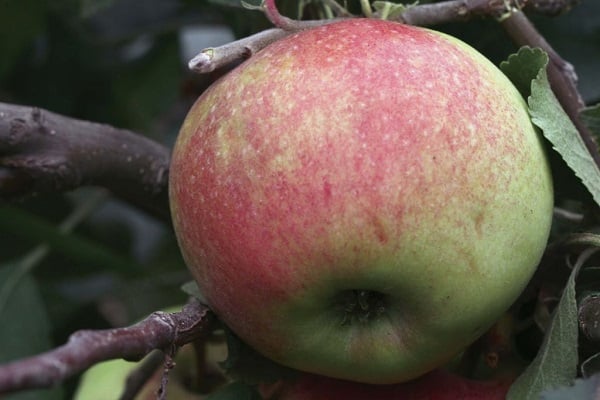
On a vegetative clonal rootstock
A find for gardeners who want to get the maximum apple yield from a small area. On such a rootstock, an apple tree grows up to 1.5 m, gives an excellent harvest, the early maturity of such trees depends on the rootstock on which the apple tree was grafted.
What are the advantages and disadvantages
Each tree has its own pros and cons. When choosing a variety for cultivation, this must be taken into account. Experienced summer residents start by considering these characteristics. Choose only those varieties that are suitable for the growing conditions.
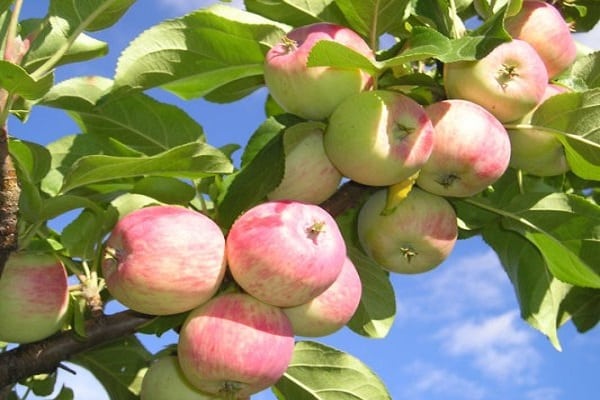
Pros:
- high productivity;
- great fruit taste;
- large-fruited;
- long shelf life;
- versatility in use;
- winter hardiness;
- dwarfism;
- unpretentiousness;
- undemanding care;
- scab resistance;
- preservation of the vitamin composition even after heat treatment.
Minuses:
- the buds from which the fruits are formed do not tolerate winter well;
- fruiting is irregular, this problem is solved by proper care, timely pruning, feeding and other techniques.
- even with abundant watering, the tree categorically cannot stand the heat.
All of these characteristics depend on the quality of care and other related factors. A responsible approach will help to avoid many problems. Including crushing fruits and deterioration of taste characteristics.
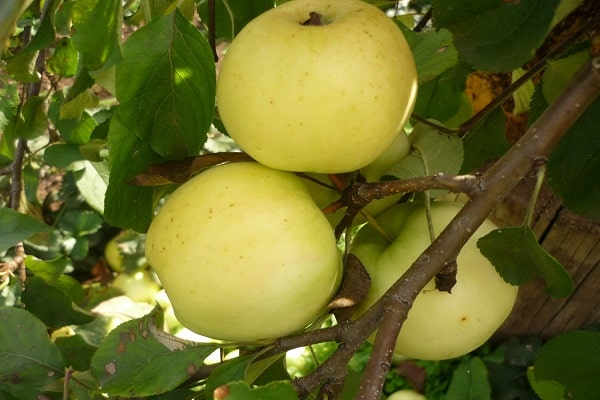
Apple tree frost resistance
Sokolovskoe is an apple variety that tolerates winter well. The tree is resistant to low temperatures. Does not freeze in harsh conditions. Only the fruit buds of the apple tree are affected.
Some summer residents cover the roots for safety reasons, insulating a section of the root zone.
Disease resistance
Scab is the only disease to which the Sokolovskoe apple tree is immune. Against other diseases, the use of folk remedies and chemicals is required.
Chemistry is used before flowering and the formation of the ovary, since the active substances penetrate into future fruits and remain in them, thereby harming a person.
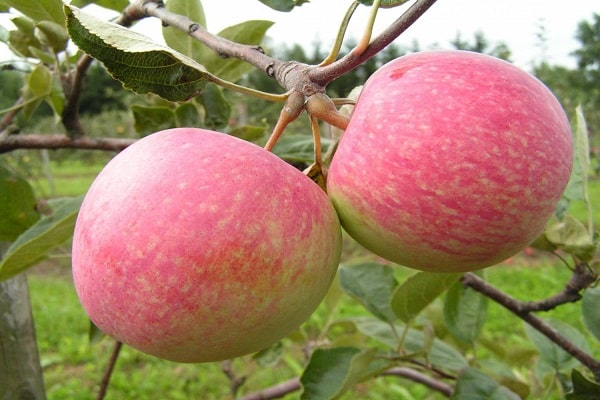
From folk remedies, many options are used, it all depends on what disease or pest the gardener is fighting with. In early spring, the trees are whitewashed with lime, it protects against most pests and helps to get rid of some pathogens.
The best regions to grow
Sokolovskoe feels best in Siberia, the apple tree is fully adapted to the Ural region. It is strongly not recommended to plant this variety of apple trees in the southern regions.
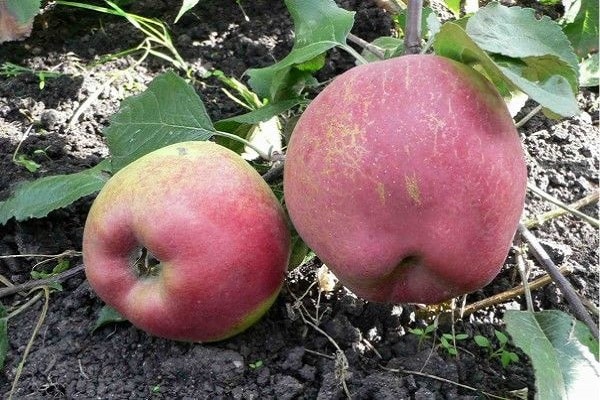
Harvesting and storage
Fruits are harvested a little later than other similar apple varieties. Due to the small size of the tree, the fruits are removed directly from the branches, there is no need to shake the crown.
Store in cellars or special rooms with a constant temperature. It is advisable to put in wooden boxes and sprinkle with sawdust or wrap in newspapers. Be sure to sort.

Reviews of summer residents who grew the Sokolovskoye apple tree on their plots
A novice gardener trusts more the opinion of experienced people who have encountered or are actively involved in breeding a variety. So they look for comments and apply the information from there:
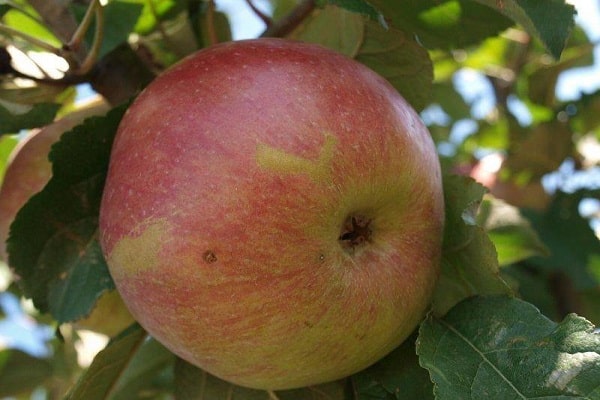
- Marina: “A low tree with many fruits attracts attention. It's a pity that I don't take the harvest from her every year. Otherwise, it suits me. I recommend thinning the branches, so the apple tree gives more yield, and it is stable. I dry a lot and then use it for compote in winter.I don't create special storage conditions, I keep apples on the balcony. "
- Irina: “The apple tree has grown only 1.5 m. It blooms and bears fruit every year. I take off the apples and store them in a cold room. They are stored there until the end of winter. The taste is excellent, that's why I love them. She planted the tree in a place protected from the wind, planted with lupins around. Advised as a top dressing. I water it regularly and abundantly. I also feed constantly. I am not engaged in formation. "
- Vyacheslav: “The apple tree grew low. I try to take care of it steadily while there were no breaks in fruiting. The apples are delicious, the presentation is excellent. Stored for a long time, when optimal storage conditions are created, they generally lie until mid-spring. Leaving at will. If you want to get an annual harvest, then many agricultural techniques are performed. With a complete lack of care, the apple tree takes a break. I recommend feeding it in early spring, or in winter to improve wintering. "
It is not difficult to grow Sokolovskoye on a plot of apple trees. With a persistent desire and conscientious fulfillment of all requirements, the tree will bear fruit every year. Moreover, regardless of weather conditions.
